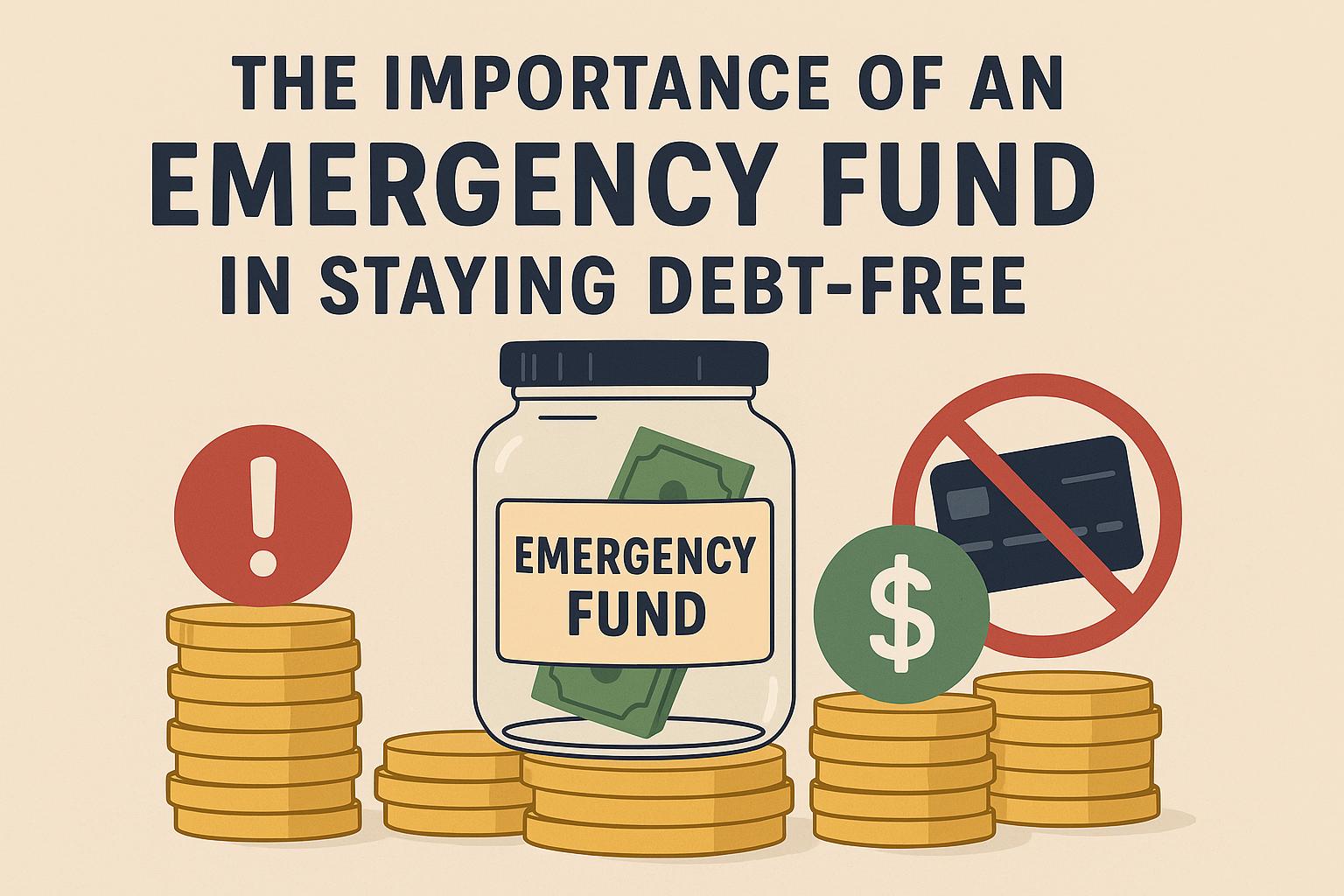The Role of an Emergency Fund in Maintaining Financial Stability
In personal finance, an emergency fund plays a crucial role in helping individuals remain debt-free and maintain financial stability. An emergency fund is a designated pool of savings set aside specifically to cover unexpected expenses. These expenses could include events like medical emergencies, necessary car repairs, or the sudden loss of income.
Understanding the Importance of an Emergency Fund
1. Protection Against Unforeseen Expenses
Life is unpredictable, and unexpected financial events can occur at any given time. Without an emergency fund, individuals might find themselves in a position where they have to rely on credit cards or personal loans to cover these unexpected costs. This reliance can potentially lead to increased debt, further complicating financial situations.
2. Avoiding High-Interest Debt
When faced with unexpected expenses and lacking an emergency fund, people often resort to using credit cards or loans. Unfortunately, this often involves high interest rates. By having an emergency fund, individuals have the opportunity to draw from their savings instead. This strategy helps them avoid accruing high-interest debt, which might become increasingly difficult to pay off as time goes on.
3. Peace of Mind
Having a financial cushion available in the form of an emergency fund can significantly reduce stress and financial anxiety. This sense of security allows individuals to focus on their long-term financial goals rather than worrying constantly about potential unexpected expenses. Knowing that there is a safety net enables them to make decisions more confidently.
How Much Should Be Saved?
When it comes to the amount that should be saved in an emergency fund, financial experts often recommend setting aside enough to cover three to six months’ worth of living expenses. This guideline, however, can vary based on individual circumstances such as job security, family size, monthly obligations, and personal comfort levels with risk. Those in stable job positions might lean towards the lower end, while those in less certain employment situations could aim for the higher end of the spectrum. Ultimately, the goal is to feel secure and prepared for unexpected financial situations.
Strategies for Building an Emergency Fund
Start Small
For many, the idea of saving several months’ worth of expenses can feel daunting. Therefore, it’s often beneficial to start small. Begin by setting aside a modest amount and gradually increasing it over time. Even saving a small percentage of each paycheck can gradually build a substantial emergency fund. This approach makes the process less intimidating and more manageable for those new to savings.
Automate Savings
One effective way to ensure consistent contributions to an emergency fund is to automate savings. By setting up automatic transfers from a checking account to a designated savings account, individuals can remove the temptation to spend the money elsewhere. Automation makes the process seamless and can build discipline in saving. This approach ensures that the fund grows regularly without requiring active management or continual reminders.
Additional Considerations
Accessibility of Funds
When establishing an emergency fund, it’s crucial to ensure that the funds are easily accessible. The primary purpose of this fund is to provide immediate financial support when needed. Therefore, it should not be tied up in long-term investments or accounts that have withdrawal penalties. A high-yield savings account is often recommended, as it offers liquidity and the potential for some interest earnings.
Review and Adjust Fund Size
An emergency fund is not a static entity. As life circumstances change, so too should the amount in the fund. Regular reviews of the fund’s size in relation to current needs are essential. This practice ensures that the fund remains sufficient to cover potential emergencies. Whether it’s a change in monthly expenses, a lifestyle shift, or an adjustment in job security, the fund should be scaled appropriately.
The Long-Term Benefits
Beyond immediate financial stability, maintaining an emergency fund offers long-term benefits. It instills fiscal discipline, promotes budgeting, and encourages mindful spending. Moreover, it allows individuals to venture into new opportunities without the overhanging fear of financial insecurity. Whether it’s investing, taking a career risk, or funding education or other pursuits, this financial cushion provides the necessary security to take calculated risks.
Conclusion
An emergency fund is a foundational component of sound financial planning. By preparing for the unexpected, individuals can protect themselves from falling into debt and maintain their financial health. It serves as a financial buffer in times of need and is an integral part of a comprehensive financial strategy. Having and maintaining an emergency fund contributes directly to an individual’s financial security and resilience, allowing the pursuit of long-term goals without the constant burden of uncertainty. For more insights and guidance on building financial resilience and security, individuals can consult resources provided by organizations such as the Consumer Financial Protection Bureau.
This article was last updated on: October 25, 2025


